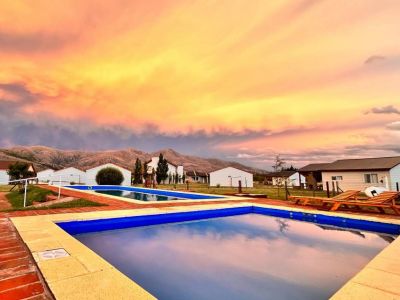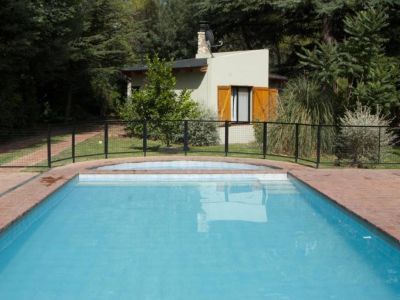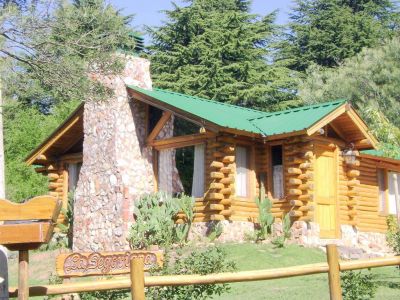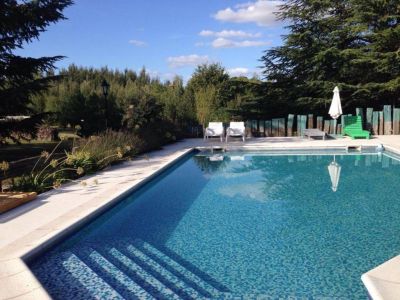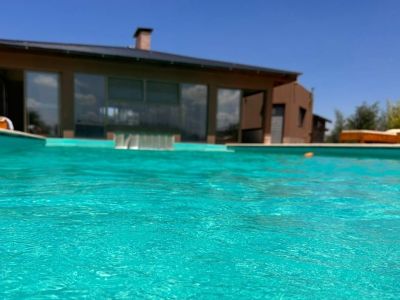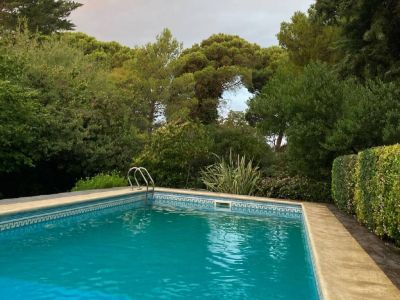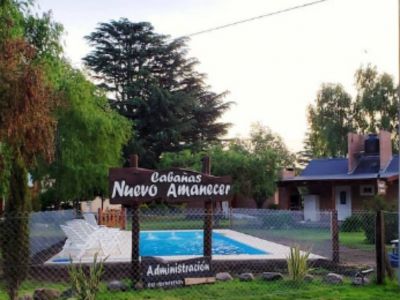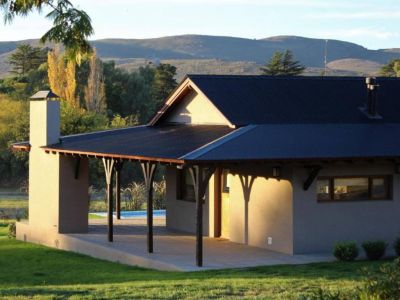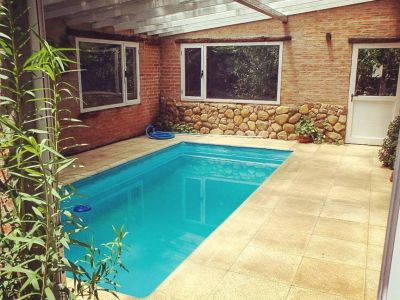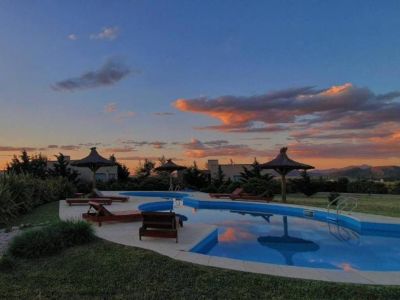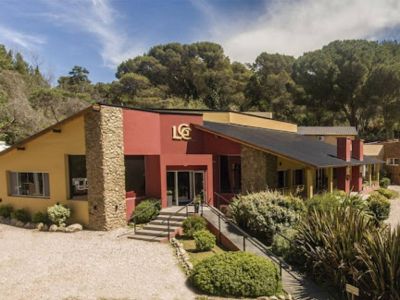Very Natural Biomas
Almost the entire Province of Buenos Aires is known for its large plains and its far horizons. But the great fertility of its soils has been modified by man, who replaced the native pastures with crops and cattle, and now with millonaire soy.
Before the year 1900, exotic species were brought along from far places, especially from Europe. As time went by, they replaced the local flora and fauna, thus reducing local biodiversity.
Even if Sierra de la Ventana could not escape these features, it is a natural paradise that still preserves these original natural characteristics as well as the ones man has incorporated since the early XXth century.
Wildlife
The mountains forming the range give origin to the Ventania System and, along with the district it includes, they give shape to the mountain range shire, where Sierra de la Ventana is the operations center.
Various plant and animal species exist only in this place. Seeing them in action is not a miracle at all. It is possible to run into many of them during any ascent in the local hills. Spring and summer are the best times in the year to do so, though autumn is the most tempting season due to its colorful ocher and yellow shades.
Flora and Fauna in the Heights
Going up to the window is mystic. The tour begins in a slope sown with pines introduced by man. After almost five hundred meters, the natural grass and herbs, exclusive from these mountains, become the protagonists of the scenery, essential for the animals dwelling these lands to survive.
Between the five hundred and the eight hundred meters of height, the typical fir appears, with specimens over 100 years old.
Between the nine hundred and the one thousand meters of height, it is possible to watch the famous Casuhatí iguana, a variety only found in this area of the planet. The males, which have a green color, and the females, which have ocher-colored skin, feed on small unique snails which are also typical from this mountain range.
The guanacos are another great local attraction and they may be observed in herds while they prowl around the high pastures located above the one thousand meters of height. These camelids form groups made up by one male and several females with their offspring. They are taller and larger than those in Patagonia and the color of their fur gets completely mingled with the mountain range pastures.
The small colorful frogs and toads can be seen in the Piletones area (only an hour's walk from the base of the mount) after the rain.
The grey fox families and their offspring have also multiplied remarkably in the last few years, maybe due to the fact that poaching this species is not profitable nowadays. The truth is that they may be spotted and photographed at first glance everywhere.
And there is more, much more still to be discovered.
Pablo Etchevers
Gentileza Tornquist.gob.ar
Contact of the excursion or tour
Tornquist Provincial Park
Ruta N° 76- Km 225, Sierra de la Ventana, Buenos Aires, Agentina
Phone: +54 291-4910039















